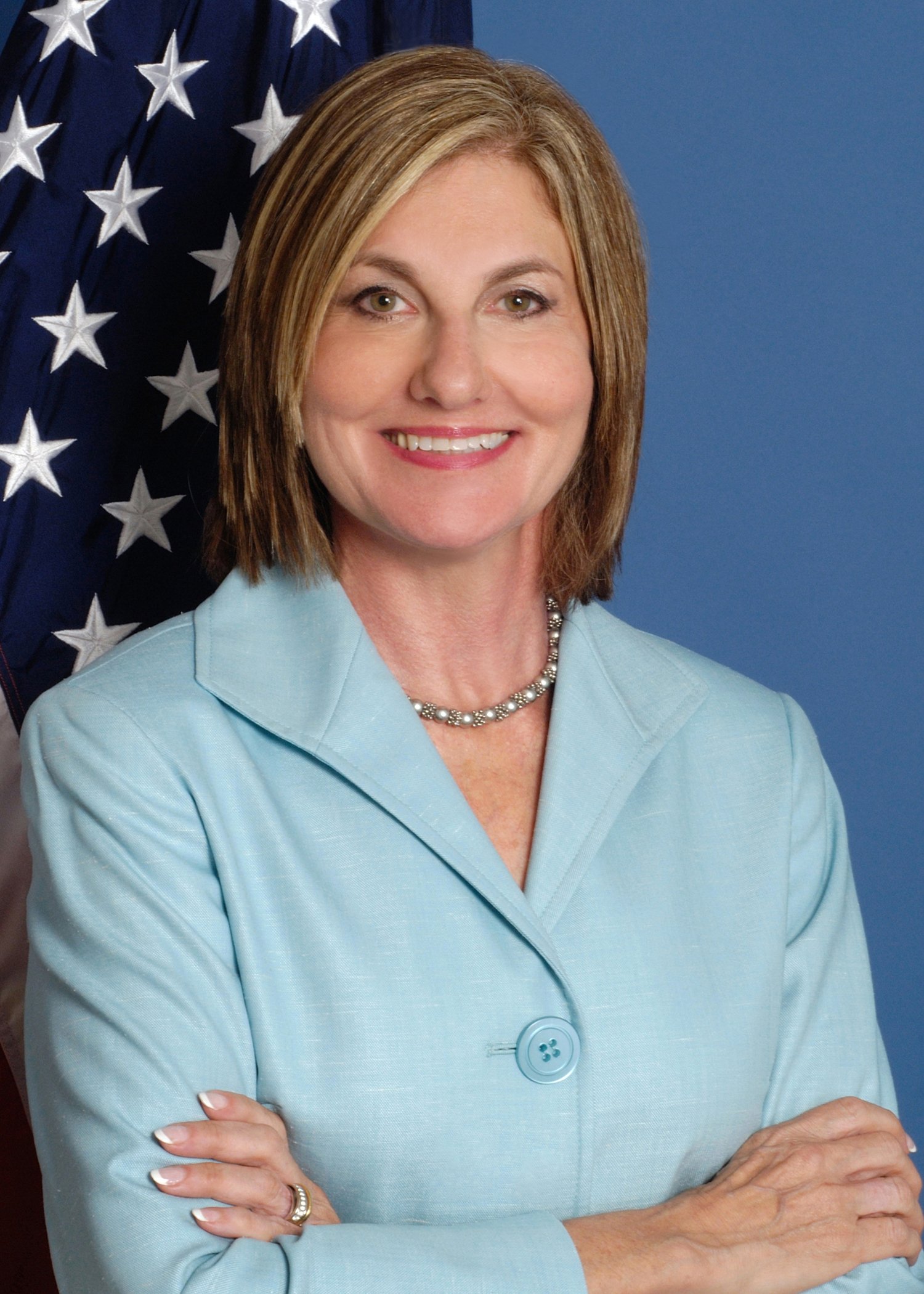 In less than two weeks, we'llring out 2013, a year we'll long remember as the one where thecredit union industry turned a corner and found a smoother path. Infact, the view through the windshield today is a whole lot betterthan the one in the rearview mirror.
In less than two weeks, we'llring out 2013, a year we'll long remember as the one where thecredit union industry turned a corner and found a smoother path. Infact, the view through the windshield today is a whole lot betterthan the one in the rearview mirror.
For the first few years as the NCUA board chairman, I felt likemy role was triage, asking questions that often required painfulanswers: Which credit unions are in critical condition? Which canbe saved? Which need to be conserved? Even relatively strong creditunions had rock-bottom returns, record charge-offs and plummetingnet worth ratios.
|Instead of measuring a good day by what went well, it was a goodday when something bad didn't happen. That's the environment wewere living in even after we put the worst of the financial crisisbehind us.
|But as I said earlier, the industry turned a corner in 2013.Credit unions' net worth is at its highest level since 2008.Membership has reached nearly 96 million, and loans have grown for10 straight quarters. Charge-offs and delinquencies have steadilyfallen from historic highs.
|As a result, the NCUA has shifted its focus from putting outfires to preventing future fires. These changes follow the timelessadvice contained in proverbs like, “An ounce of prevention is wortha pound of cure… A stitch in time saves nine,” and “The time to fixthe roof is when the sun is shining.”
|As the industry becomes more concentrated, credit unions growmore complex, and consumers' needs are more sophisticated, we'veretooled the agency for the new environment and recalibrated ouroperations.
|The road ahead won't necessarily be straight, and there will besome slippery spots—but we're on a new path. Sometimes, regulatorsput the brakes on change. I have never believed that's the correctapproach for NCUA or for credit unions. Instead, we've decided tokeep pace with change through new policies, new people, and arenewed commitment to modernizing regulations and reducing burdenswherever possible.
|We streamlined exams for smaller credit unions and updated thedefinition of a small credit union—increasing the asset thresholdfrom $10 million up to $50 million—to provide additional regulatoryrelief and support from our Office of Small Credit UnionInitiatives. Now, two-thirds of all federally insured credit unionsare considered “small” entities. Being small actually brings bigbenefits in terms of regulatory relief and eligibility forgrants.
|We saw where risk was being concentrated and created an Officeof National Examinations and Supervision. This office ensures thatthe very largest credit unions will receive specialized oversightto remain safe and sound.
|One of the sternest lessons of the financial crisis was theimportance of adequate liquidity. So, NCUA created a rule requiringcredit unions with less than $50 million in assets to have aliquidity policy, those with assets between $50 million and $250million to have a liquidity plan in place, and those with $250million or more to establish access to a federal source ofcontingent liquidity.
|We also responded to potential risks posed by the growingimportance of Credit Union Service Organizations, or CUSOs. TheNCUA Board finalized a rule to increase CUSO transparency, givingNCUA access to important information about CUSOs and theiroperations to determine what risks they may pose.
|That said, the most significant risk to the industry's futurecontinues to be from rising interest rates. Already, just the100-basis-point rise in the 10-year Treasury rate has many creditunions seeing unrealized losses on their balance sheets as assetsre-price. That's why interest rate risk will be our top supervisorypriority in the coming year.
|It's also why the Board proposed a rule on the use of simple,“plain vanilla” derivatives as a tool to help manage that risk. Weexpect to finalize the rule in the coming months. We are likewiseworking on a new rule to permit certain credit unions to securitizetheir assets.
|Of course, we still have much work remaining to clean up thewreckage of the financial crisis. Part of that is our continuedeffort to hold responsible parties accountable. We're seekingrecoveries on 16 outstanding lawsuits over sales of faultymortgage-backed securities to corporate credit unions.
|Less than a month ago, we crossed another milestone with the$1.4 billion settlement from JPMorgan Chase. NCUA will use thesettlement's net proceeds to pay down a healthy portion of theCorporate Stabilization Fund's outstanding borrowings at the U.S.Treasury. In 2014, for the first time since 2008, credit unionswill not be required to pay an assessment.
|While this settlement is wonderful news, it is also a reminderthat there's a long, rocky road behind us. There are still somelagging effects from that journey that we need to address. But thelessons we've learned along the way will continue to guide us as wemap out the route to a brighter future.
|Debbie Matz is chairman of the NCUA. SHe can be reached at (703)518-6301 or [email protected].
Complete your profile to continue reading and get FREE access to CUTimes.com, part of your ALM digital membership.
Your access to unlimited CUTimes.com content isn’t changing.
Once you are an ALM digital member, you’ll receive:
- Critical CUTimes.com information including comprehensive product and service provider listings via the Marketplace Directory, CU Careers, resources from industry leaders, webcasts, and breaking news, analysis and more with our informative Newsletters.
- Exclusive discounts on ALM and CU Times events.
- Access to other award-winning ALM websites including Law.com and GlobeSt.com.
Already have an account? Sign In
© 2024 ALM Global, LLC, All Rights Reserved. Request academic re-use from www.copyright.com. All other uses, submit a request to [email protected]. For more information visit Asset & Logo Licensing.









